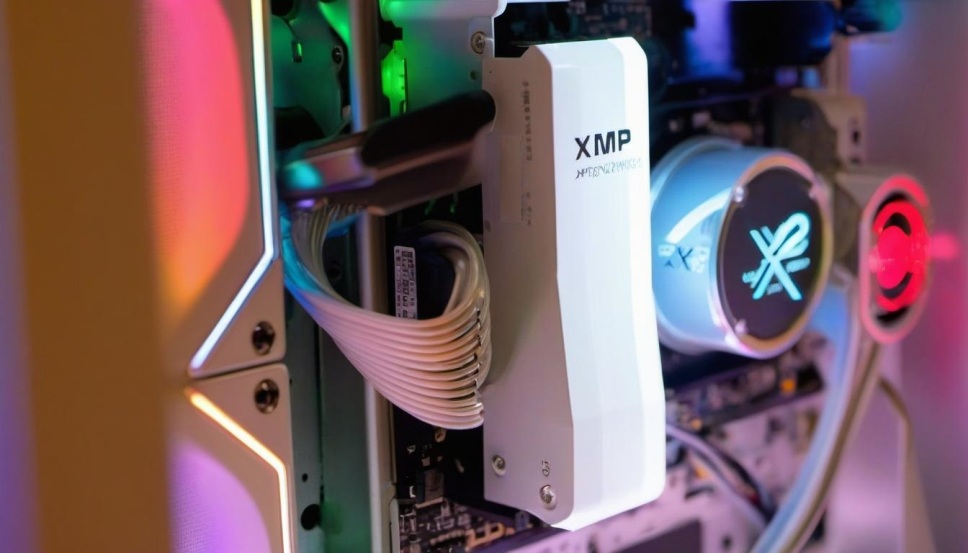XMP (Extreme Memory Profile) is a crucial feature that allows users to easily enhance the performance of their computer’s RAM. This technology helps overclock the memory without the need for manual adjustments, providing a simple way to boost system performance, particularly in gaming and professional applications.
What is XMP? XMP, developed by Intel, is a technology that enables users to push their RAM beyond standard speeds using pre-configured profiles. These profiles are embedded in the RAM and can be activated in the BIOS/UEFI to automatically adjust the memory’s clock speed, timings, and voltage for better performance.
How Does XMP Work? By enabling XMP in your BIOS or UEFI settings, the system automatically adjusts RAM settings to higher speeds, eliminating the need for manual tuning. This process is straightforward and user-friendly, ensuring that even beginners can unlock enhanced RAM performance without risking system instability.
Why is XMP Important for RAM?
- Boosted Performance: XMP allows your system to run faster, improving data access and processing. This results in smoother performance, especially in high-demand tasks like gaming, video editing, and rendering.
- User-Friendly Overclocking: Unlike manual overclocking, XMP is simple and accessible, requiring no specialized knowledge to activate.
- Stability Guarantee: XMP profiles are tested by manufacturers, ensuring stable performance. This eliminates the risks associated with manual overclocking, which can lead to crashes or hardware damage if done improperly.
How to Enable XMP:
- Enter BIOS/UEFI: Restart your computer and press the designated key (often F2, Delete, or ESC) to enter the BIOS settings.
- Locate XMP Option: Find the memory settings or overclocking tab in the BIOS.
- Select Profile: Choose the XMP profile that best fits your needs (typically Profile 1 for most users).
- Save and Exit: Save the settings and exit the BIOS. Your RAM will now operate at the enhanced settings.
Before Enabling XMP: Ensure both your motherboard and RAM support XMP. Check your motherboard’s specifications and the RAM’s packaging to confirm compatibility.
Where XMP Shines:
- Gaming: XMP delivers smoother gameplay, faster load times, and higher frame rates in demanding games.
- Professional Applications: For video editing or 3D rendering, XMP provides faster data processing and reduced render times.
- General Computing: Everyday tasks like browsing and media streaming also benefit from the enhanced performance.
XMP vs. Manual Overclocking:
- Ease of Use: XMP is far simpler to enable compared to manual overclocking, which requires more technical knowledge.
- Performance Potential: Manual overclocking may yield slightly higher performance gains, but it requires more time and expertise.
- Stability: XMP is designed for stability, whereas manual overclocking can cause system instability if not done correctly.
Debunking XMP Myths:
- XMP is only for gamers: While gamers benefit significantly, XMP can improve performance for anyone looking for faster computing, especially professionals.
- XMP damages hardware: When used correctly, XMP is safe and doesn’t pose a risk to your system.
- XMP Troubleshooting: If issues arise, resetting the BIOS or adjusting settings like memory clock speed can resolve common problems like system instability or overheating.
Future of XMP: As RAM technology evolves, XMP may introduce more advanced features, including AI-driven optimizations, which could offer even more powerful and automated performance enhancements.
Conclusion: XMP is a user-friendly and effective way to improve system performance, especially for gaming, professional applications, or general computing. By enabling XMP, users can enjoy faster RAM speeds and smoother overall performance, all while ensuring system stability. With minimal effort, XMP unlocks the full potential of your computer’s memory.






